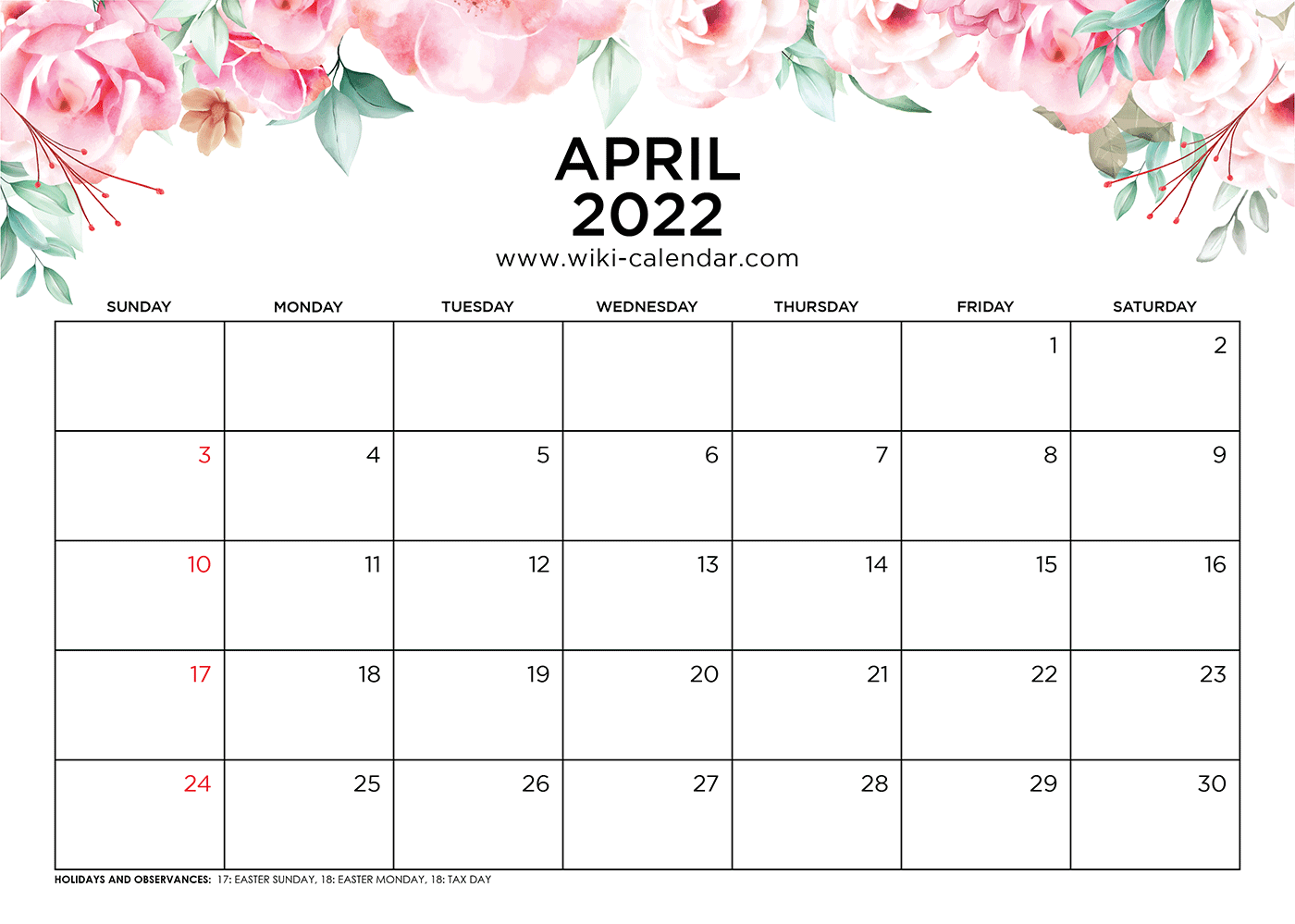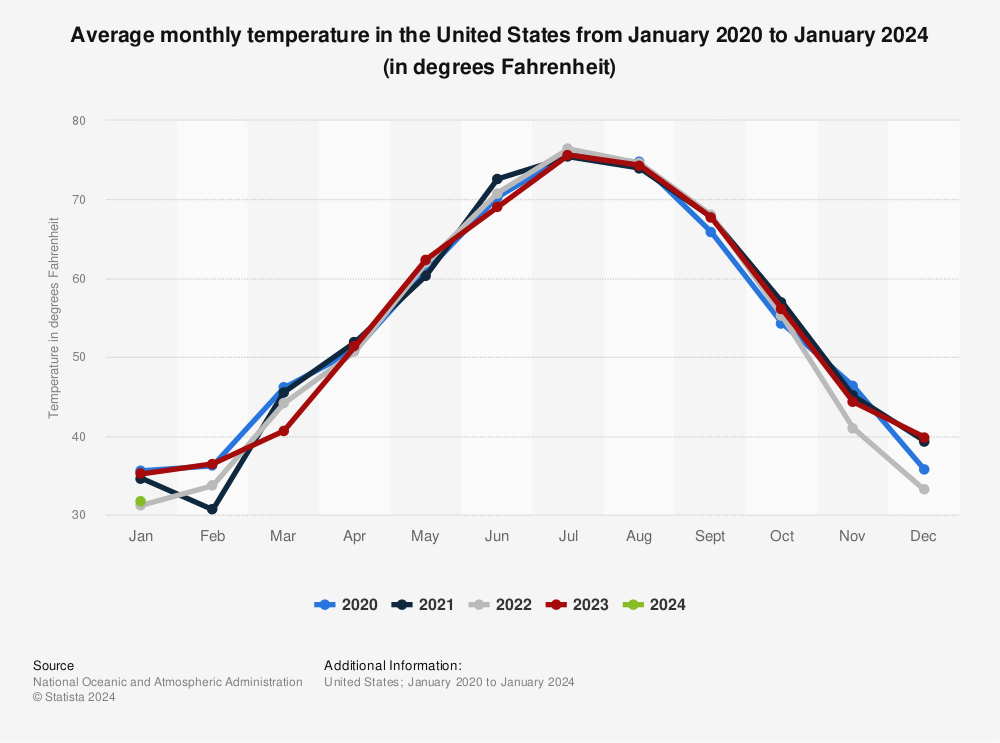
April
April is the cruellest month, breeding
Lilacs out of the dead land, mixing
Memory and desire, stirring
Dull roots with spring rain.
— T.S. Eliot, first lines of The Waste Land
Though new life is spectacular, it does not arrive painlessly. There is a certain violence in transforming dull roots into verdant lilacs. Transferring the notion further to a barren flowerbed composed of memory and desire adds to the image. Anyone who has ever tempted themselves with the resurrection of memory’s old desires knows the tribulations that can arrive with such a path. Sometimes it’s easier to let winter’s blank slate persist.
Of course, we’re also in the wasteland, so most things are upside down. Eliot purposefully echoes the prologue of Chaucer’s Canterbury Tales, placing the poem in a long line of authority. Translated from Middle English, the opening lines of the prologue are: “When April with its sweet-smelling showers/Has pierced the drought of March to the root,/And bathed every vein in such liquid/By which power the flower is created;” A more common view of spring! If you ever want to approach the difficult and dense Eliot poem, it’s always best to recall the title. The final lines of the poem shout “Shantih shantih shantih,” which are words that end Hindu prayers in the Upanishads. “Shantih” means “peace.” A trio of peace might signal that Eliot concludes The Waste Land on an upbeat note, but, again, we’re actually hit with a brutal inversion. The full ending to the prayers is “Om shantih shantih shantih.” The syllable “om” is the key. Though a concise denotation is difficult, “om” is akin to the life spark or the divinity. Eliot shows us we’re inside a sort of prayer, but it lacks the divine. Alas, we remain in the cruel wasteland.
But you didn’t come for poetry and a complex analysis of The Waste Land and Canterbury Tales is obviously beyond the scope of a newsletter dedicated to nature. But their opening lines serve as a nice introduction to a short exploration of the month of April. Let’s take a look at the fourth month on our calendar!

What we know as the fourth month of the year used to be the second, then the fifth. The Romans called the month Aprilis. Their oldest calendars placed Aprilis second; on the Julian calendar, it followed Ianuarius, Februarius, Intercalarism/Mercedonius, and Martius. When the world converted to the Gregorian calendar in 1582, April slotted into the more familiar location.
Here in the Northern Hemisphere, we associate April with spring. The vernal equinox takes place in late March, so April is the first full month of the season. The old adage “April showers bring May flowers” illustrates the spring-ness of April and slots right into the world of T.S. Eliot. Of course, in the Southern Hemisphere, April arrives as the first full month of autumn.
One might expect April to be in the middle of the pack when it comes to temperature. Based on data from the United States, that assertion is largely correct. Interestingly, average April temperatures are higher than those in November, December, January, February, and March, but they are slightly lower than the corresponding autumnal month, October. This difference stems from a phenomenon called seasonal lag, in which air temperatures do not correspond directly to the amount of sunlight. On a small scale, it takes a while for the atmosphere to warm (noon is not usually the hottest part of a day); on a larger scale, the vast amount of water on the planet requires a lot of warmth to raise the temperature each year (the summer solstice is usually not the hottest day of the year). Conversely, masses tend to retain heat, so it takes a while in the fall for the accumulated heat to cool. The result is that October is slightly warmer than April in the Northern Hemisphere.
Etymologists have reached no consensus on the original meaning of the word April. Unlike some other months that have direct connections to gods and goddesses of the ancients, April’s germination remains a muddled mystery. A few theories exist. Latin words aperire, meaning to open, and apricus, meaning sunny, might have become April, as both ideas lean on the notion of spring. April was sacred to Venus, so some historians believe Aprilis may have come from Aphrilis, as the Greek equivalent of Venus is Aphrodite. Still, others posit the moniker might derive from an unknown deity, perhaps lost to time.
For those into astronomy, the first two-thirds of the month fall under the constellation Aries, while the last portion verges into Taurus (a little science humor). For those really into astronomy, April is a fantastic month for meteor showers. Each year from the 16th to the 26th, we are blessed to receive the Lyrids. The Eta Aquariids meteor shower starts around 21 April each year and stretches into May.
We usually call April’s full moon the Pink Moon, not because our satellite appears pink but because of the flowers that tend to bloom during this period. April 2022 features a Black Moon, which is the term for the second New Moon of a calendar month (the second full moon in a month is known as a Blue Moon). If one is fortunate enough to be in South America or Antarctica on 30 April 2022, the first partial eclipse of the year could greet one’s eyes.

Near and dear to the hearts of nature lovers everywhere, April is a big month.
April 22 is Earth Day and April 29 is Arbor Day. In the realm of “slightly more obscure holidays,” April 10 is Gopher Tortoise Day, April 26 is National Richter Scale Day, and April 27 is National Sense of Smell Day.
Though unrelated to our cause célèbre, I would be remiss if I did not mention Blah, Blah, Blah Day, which falls on April 17.
In the Northern Hemisphere, April means the days continue to become longer, which makes Blah, Blah, Blah Day a bit of a misfit for landing in that month. Unless we’re in The Waste Land, in which case it makes perfect sense!

Further Reading and Exploration
The Waste Land by T.S. Eliot
The Month of April 2022: Holidays, Fun Facts, Folklore – Almanac.com
April Is the Fourth Month of the Year – TimeAndDate
2022 Lyrid meteor shower: All you need to know – EarthSky


